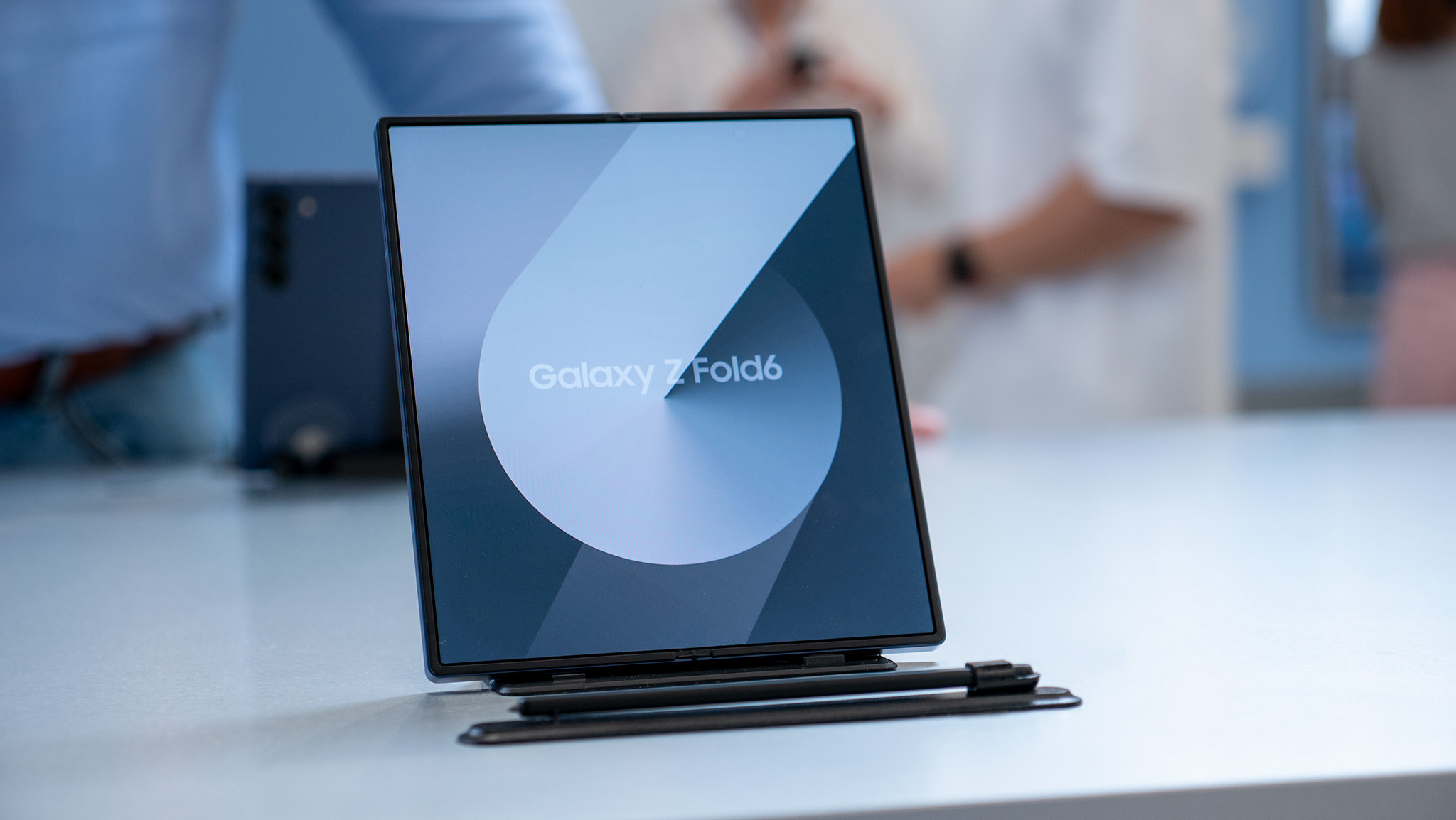
We got our hands on the Samsung Galaxy Z Fold 6 just ahead of the official announcement and checked out all the new AI features, the refined build, and the special sauce that Samsung hopes will be enough to finally make foldables go mainstream.
But, as I hold the Galaxy Z Fold 6, I wonder if Samsung realizes who this phone is made for. While the company talked big about how the Z Fold series was made for enthusiasts and power users, Samsung has failed to provide the significant and meaningful updates that phones like the Honor Magic V2 and Vivo X Fold 3 have.
The Galaxy Z Fold 6 also comes with a $100 price increase despite not launching with any meaningful new features, making it that much more out of reach for the mainstream consumer. It's a strange place for a colossal company like Samsung to be, especially given that the company invented the folding phone category. Yet, here we are with another underwhelming year of Galaxy foldables.
Price and availability
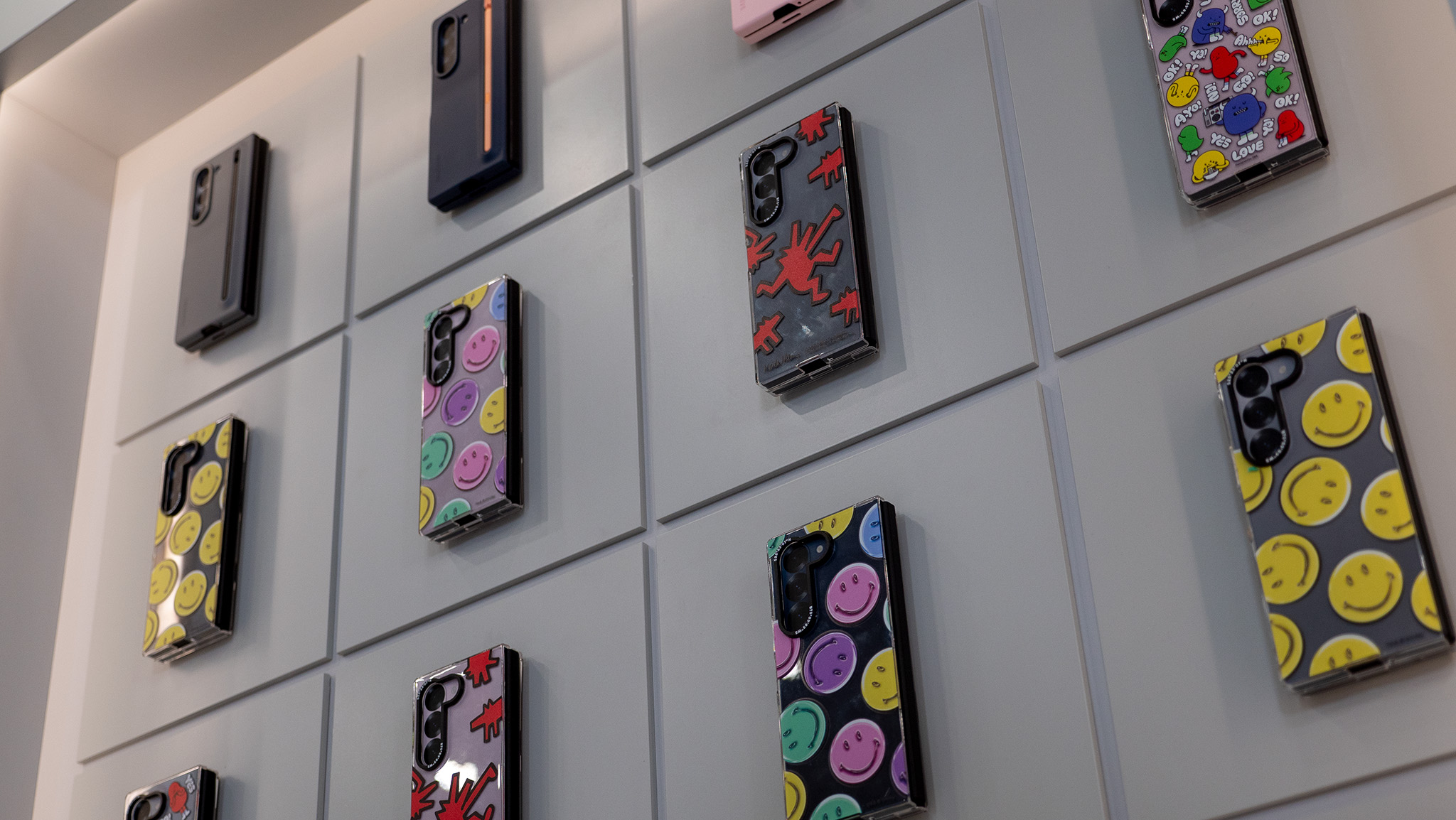
Preorders for the Samsung Galaxy Z Fold 6 begin on July 10, 2024 with general availability to follow on July 24. The model with 256GB storage retails for $1899, while $1999 gets you 512GB storage and $2099 upgrades that to 1TB of storage. Preorders through Samsung.com qualify for a free storage upgrade, so you'll get the 512GB model for the price of the 256GB model, etc.
All Galaxy Z Fold 6 models ship with 12GB of RAM and include a free one-time screen protector replacement. Models purchased through your carrier of choice will include 1 year of Samsung Care+ for free.
The Galaxy Z Fold 6 comes in three main colors: Silver Shadow, Pink, and Navy. Customers who order through Samsung.com will also get to choose from Crafted Black and White colorways.
The same, but different
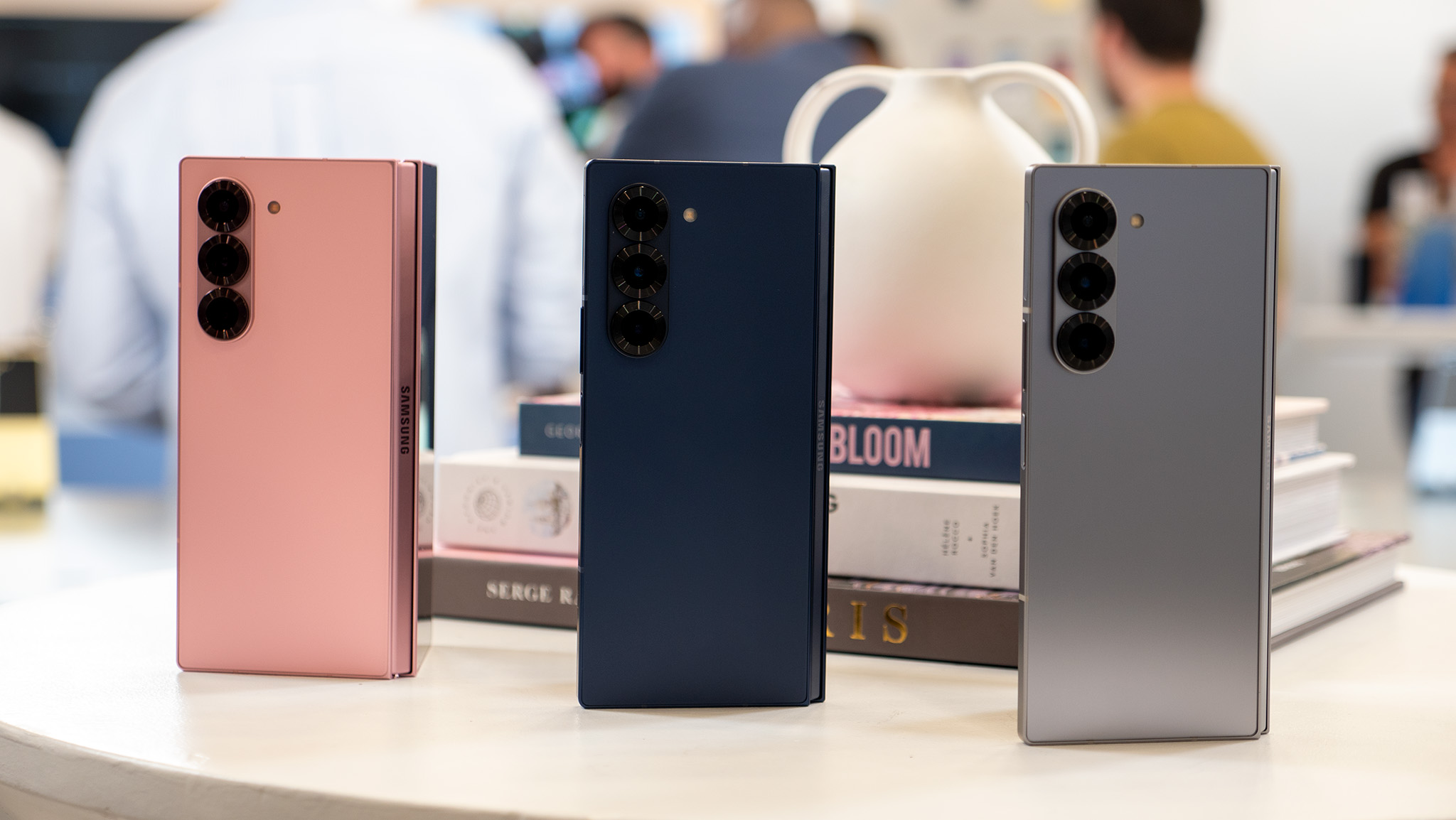
Stop me if this sounds familiar. If you were to pick up a Galaxy Z Fold 6, it's not likely that you'd notice many differences between this year's model and last year's. Samsung's approach has long been to deliver iterative updates every year, slowly improving upon the stellar Galaxy Z Fold 2's radical design.
This year, Samsung shrunk the overall thickness by a full millimeter, shortened the phone by 1.4mm, and made it 1mm wider than the Z Fold 5 when closed. Because of the way the hinge unfolds, this means the phone is 2.5mm wider than the Z Fold 5 when unfolded.
Despite the phone being 1mm wider when closed, the outer display is 3mm wider making it easier to type on and use daily. Samsung also squared off the corners which gives the phone the look of a book when fully opened.
The Fold 6 now carries an IP48 water and dust-resistance rating, meaning it's probably not doomed if you accidentally drop it in the sand.
I thought I would dislike this since I typically don't like square phones — I'm looking at you, Galaxy S24 Ultra — but this phone feels better as a square because it's a product that makes more sense in a book-like form factor. It also has the added bonus of making the screen feel even larger since the corners include more display and less roundness.
Additionally, Samsung added dust resistance to the Z Fold 6 for the first time in the series history. The Fold 6 now carries an IP48 water and dust-resistance rating, meaning it's probably not doomed if you accidentally drop it in the sand.
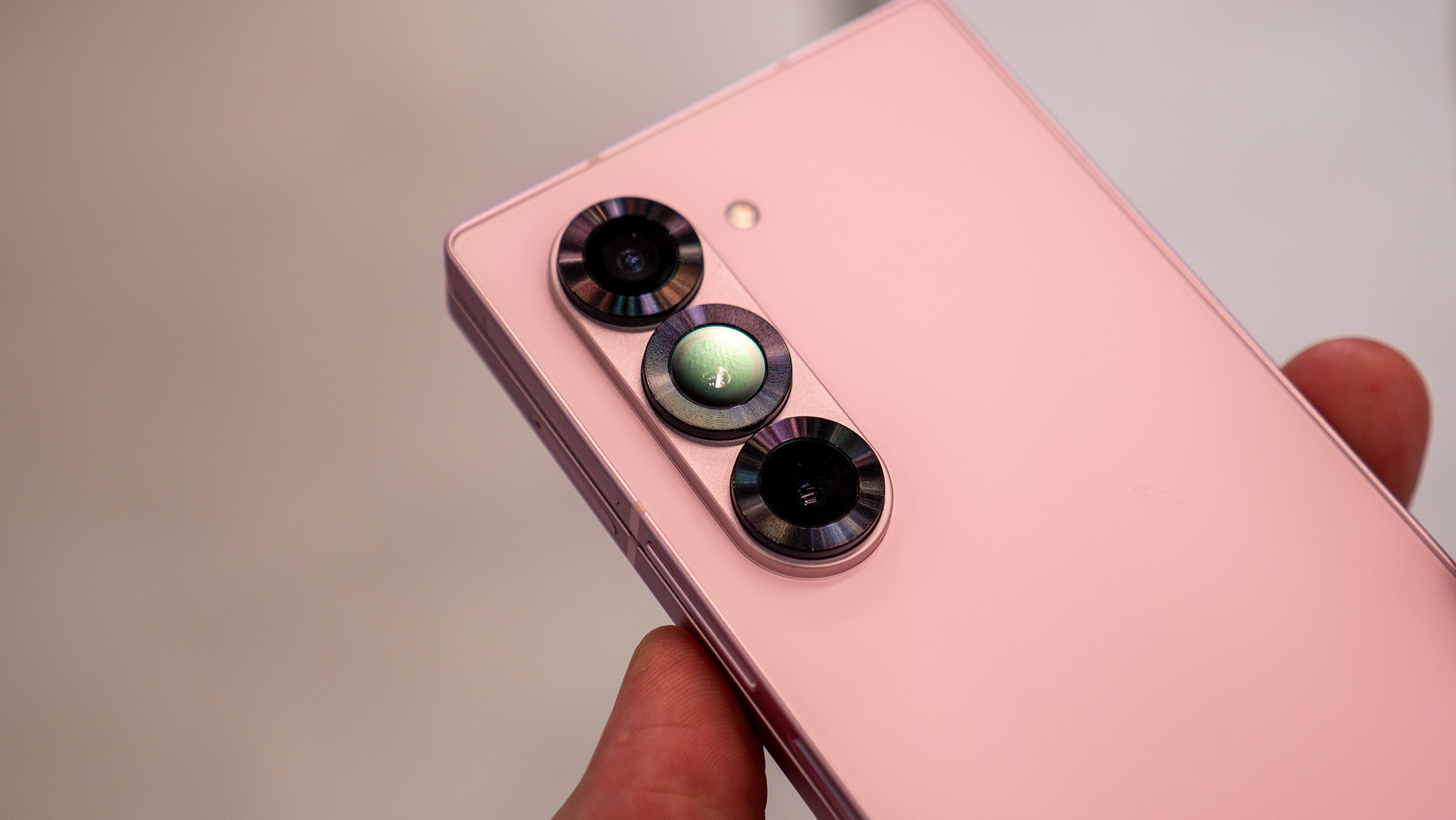
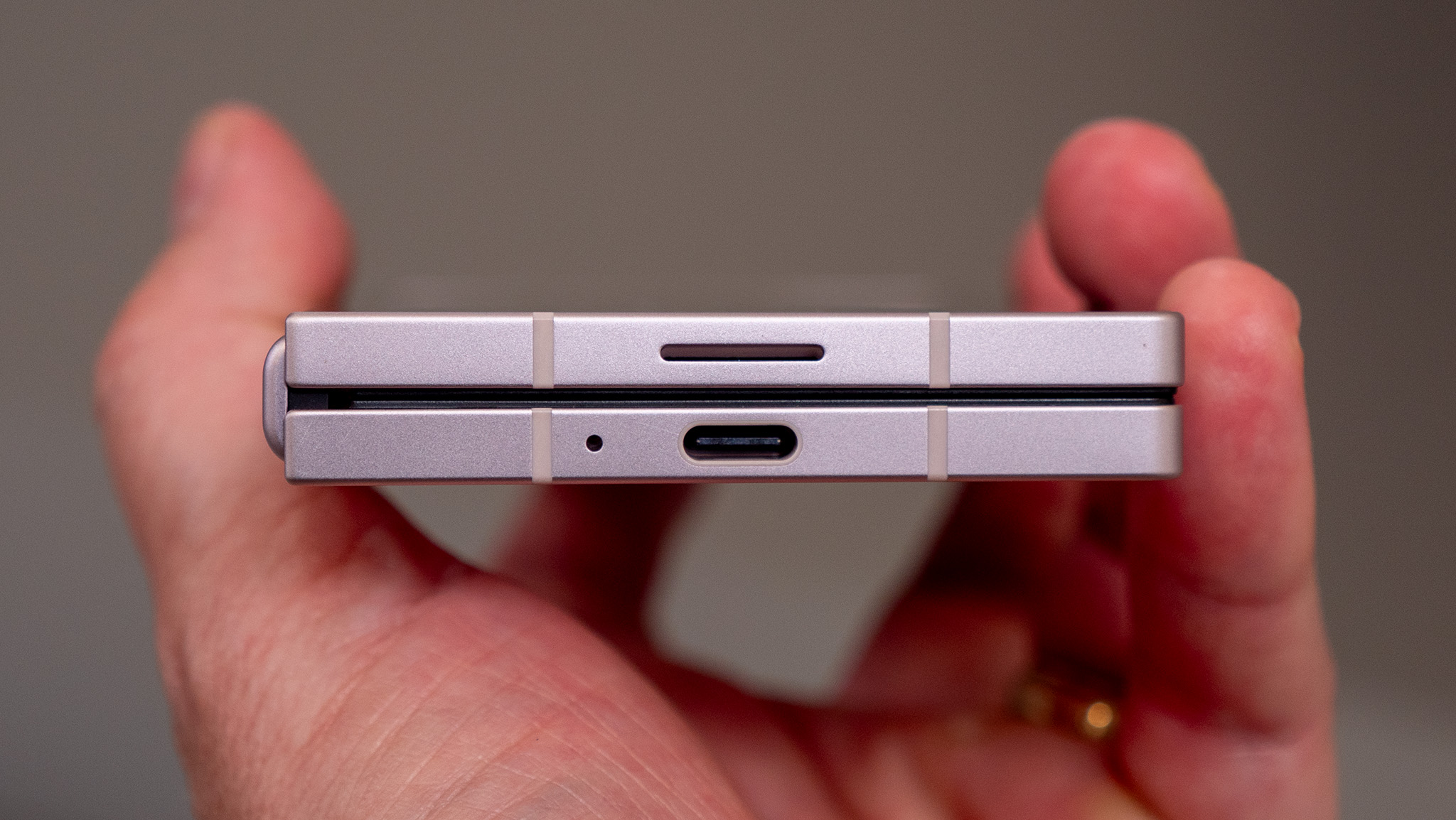
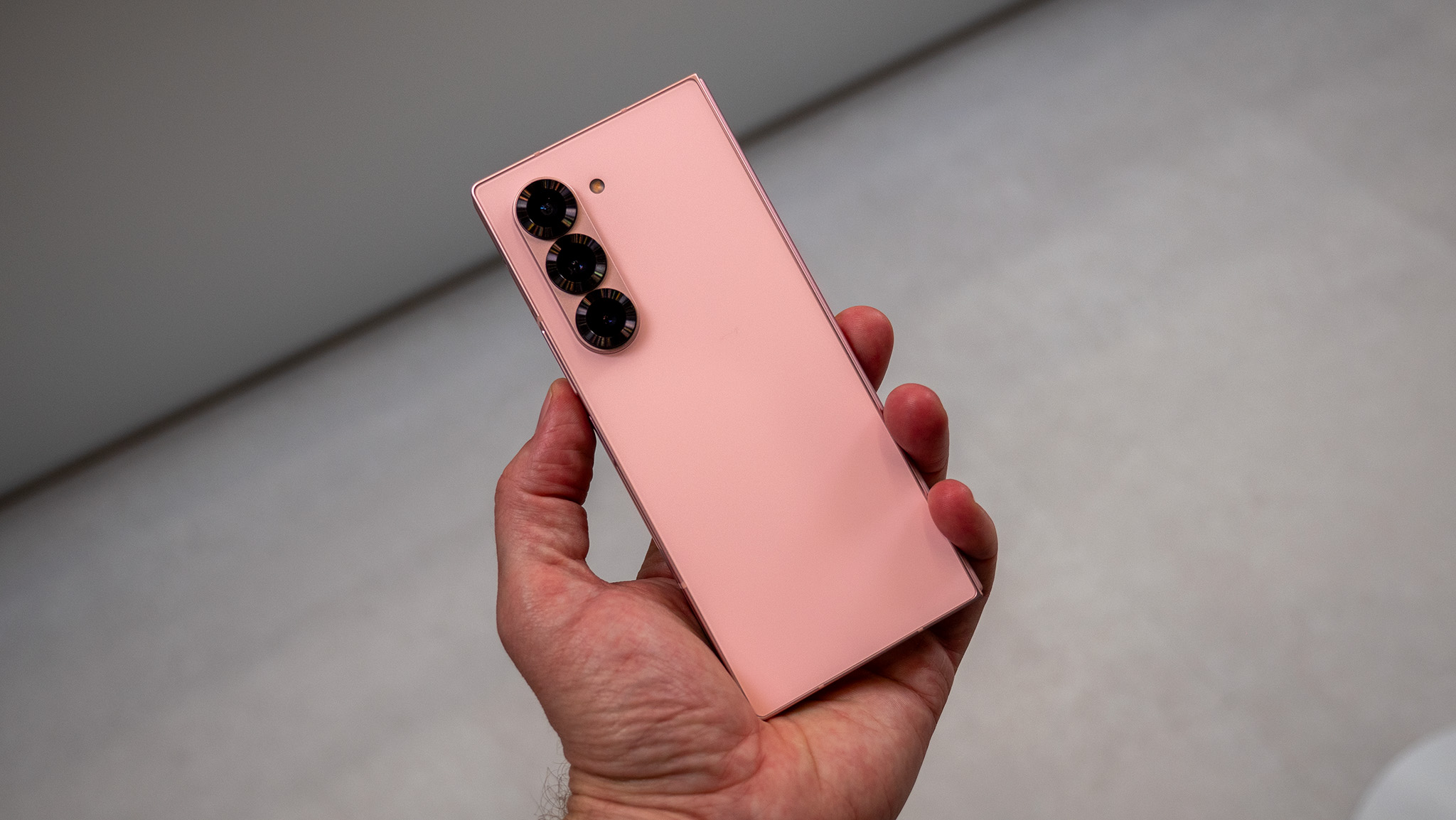
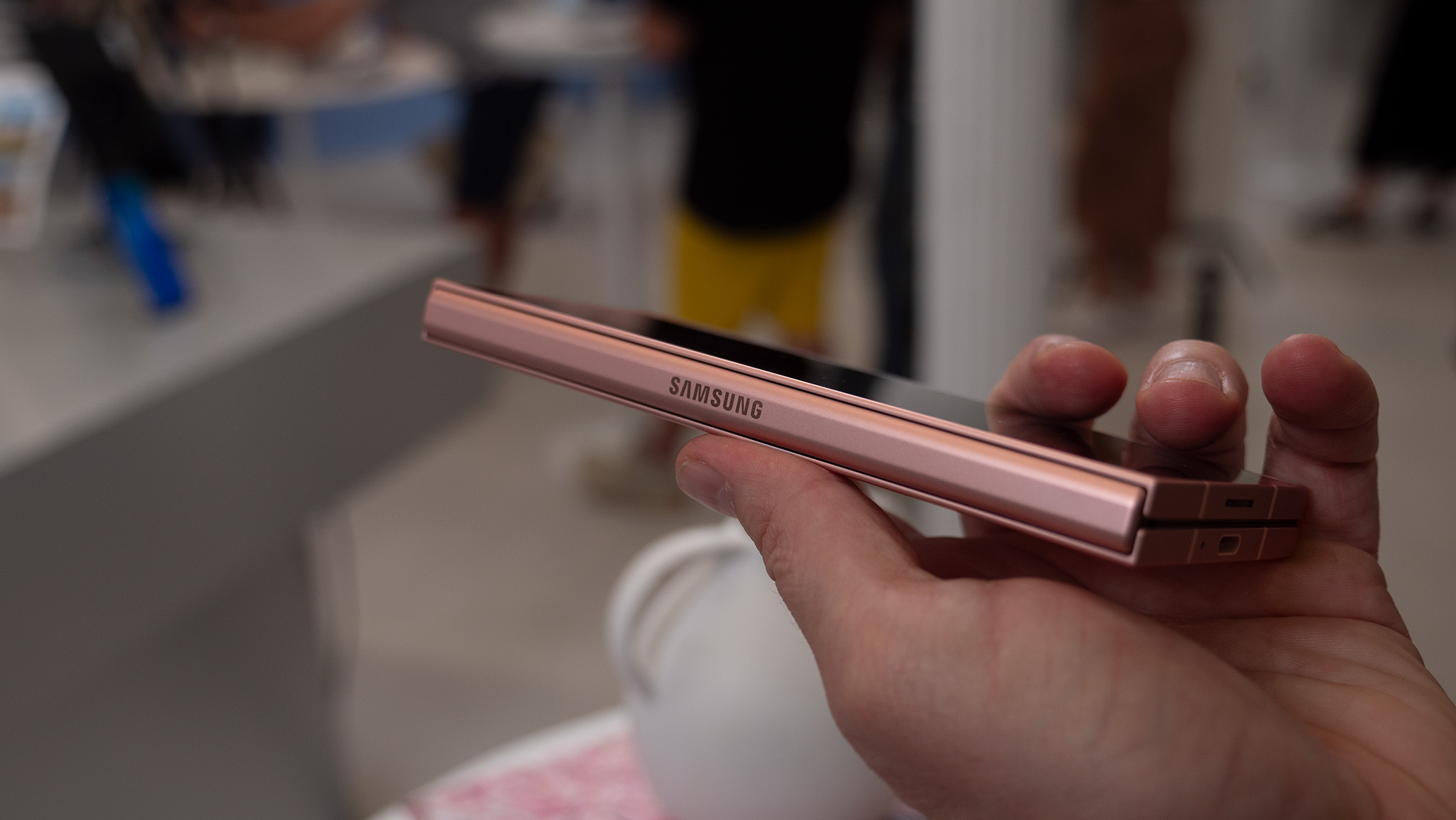
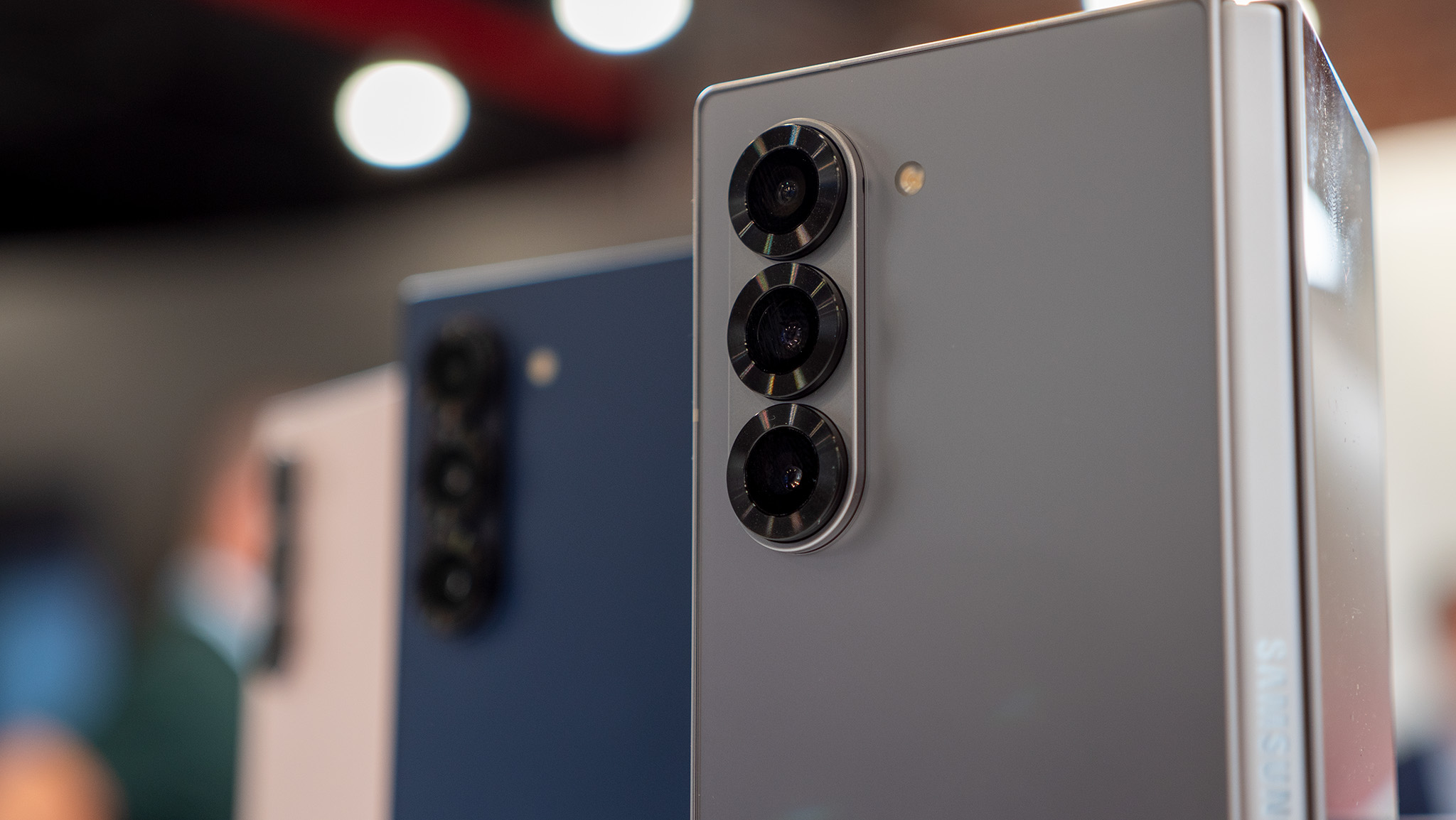
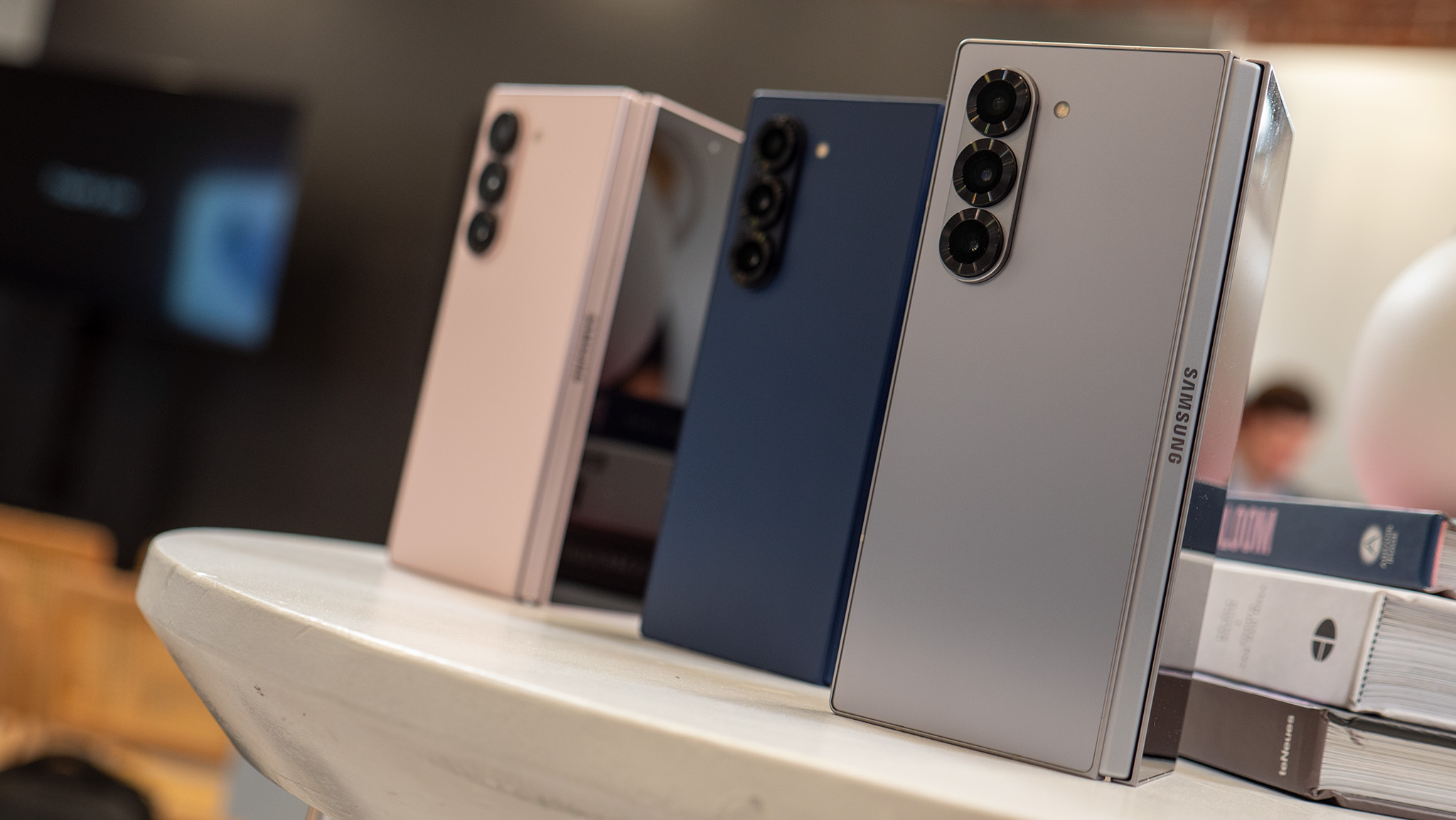
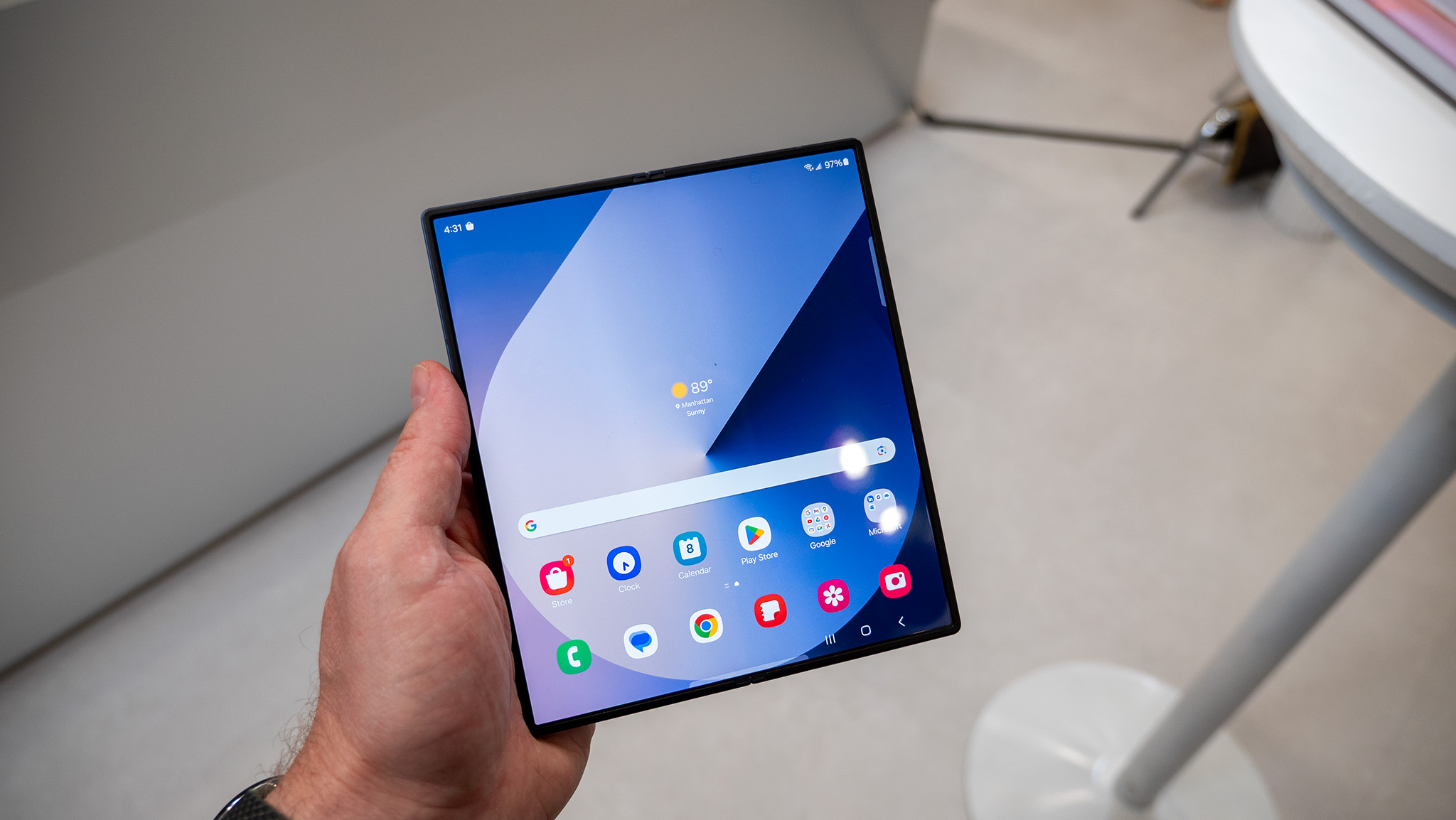
A new floating edge design that finally gives it a full lip all around to make it easier to open.
Part of the improvement is that Samsung created a new floating edge design that finally gives it a full lip all around to make it easier to open. One of my biggest design complaints since the Z Fold 2 is that the flat, flush edge when closed makes it more difficult to open than necessary. That's completely solved here.
This floating edge design also gives the phone the illusion of being thinner than it really is which is a good thing because this is still a very thick phone when folded closed. It's also noticeably lighter, coming in at 239g which puts it on par with the best foldable phones.
The cameras are still the same dreadfully underwhelming ones found on the $799 Galaxy S24, a phone less than half the price.
The problem is that Samsung doesn't operate in a bubble and is still squarely in the shadow of foldables like the OnePlus Open or Honor Magic V2 which are still half a millimeter thinner yet pack in far more impressive camera hardware.
Meanwhile, Samsung has the audacity to increase the price of the Z Fold 6 by $100 all while keeping the same 3-year-old camera hardware as the $799 Galaxy S24. Samsung says the ultrawide camera uses a newer 12MP sensor but the on-paper specs are no different and the sensors used most often — the main and telephoto cameras — are still dreadfully underwhelming.
At least they made the camera modules look prettier this year, right?
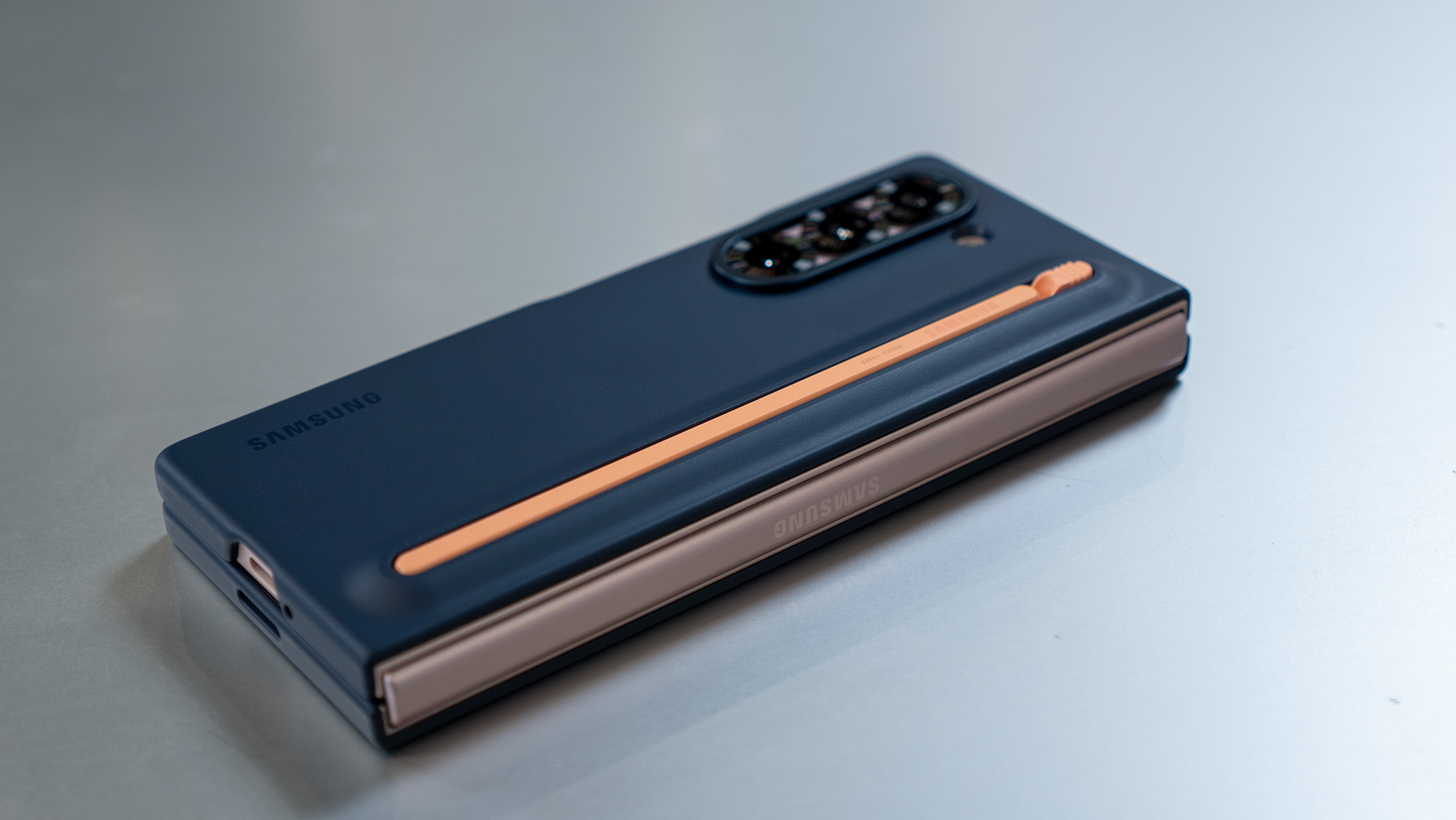
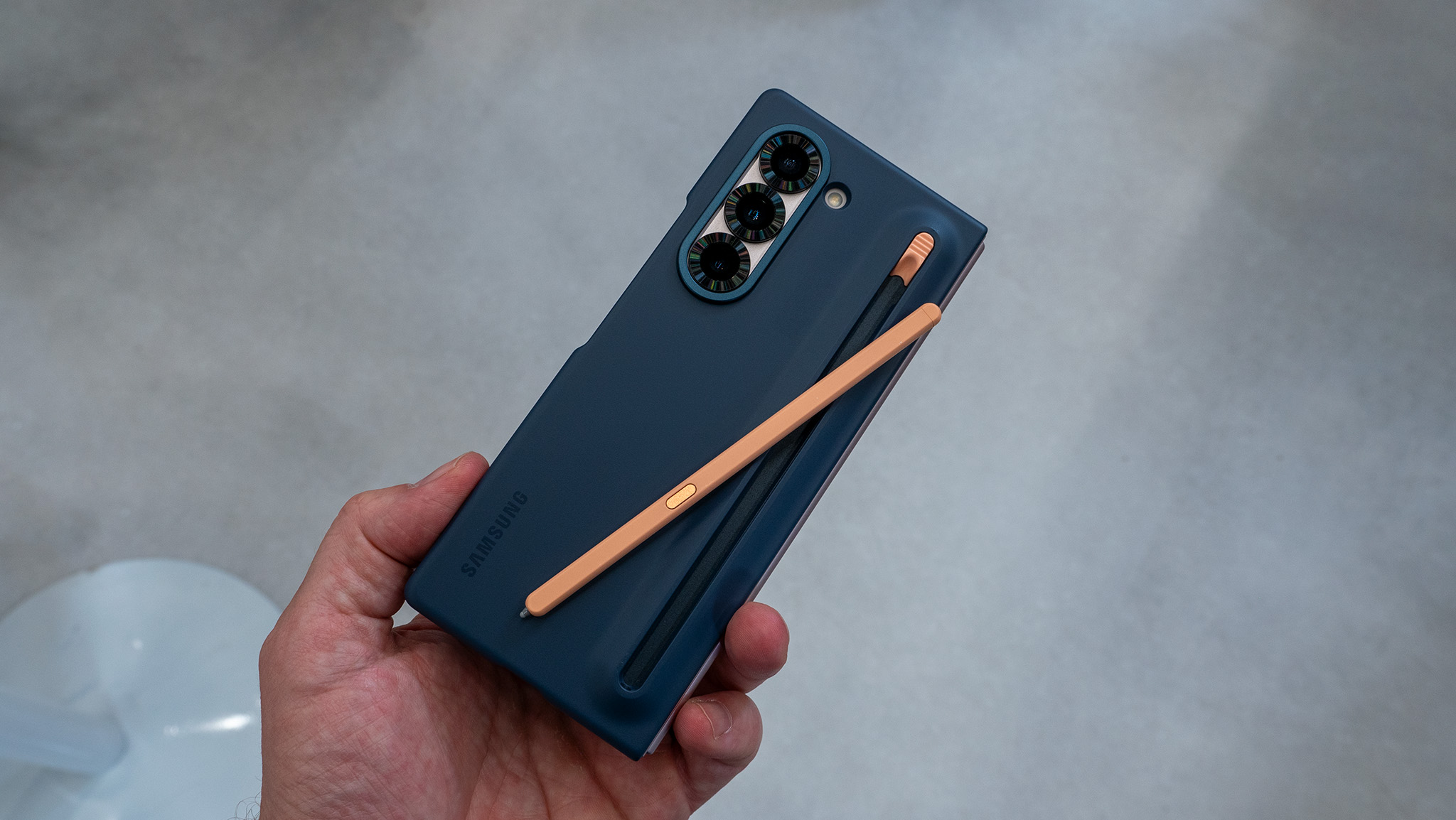
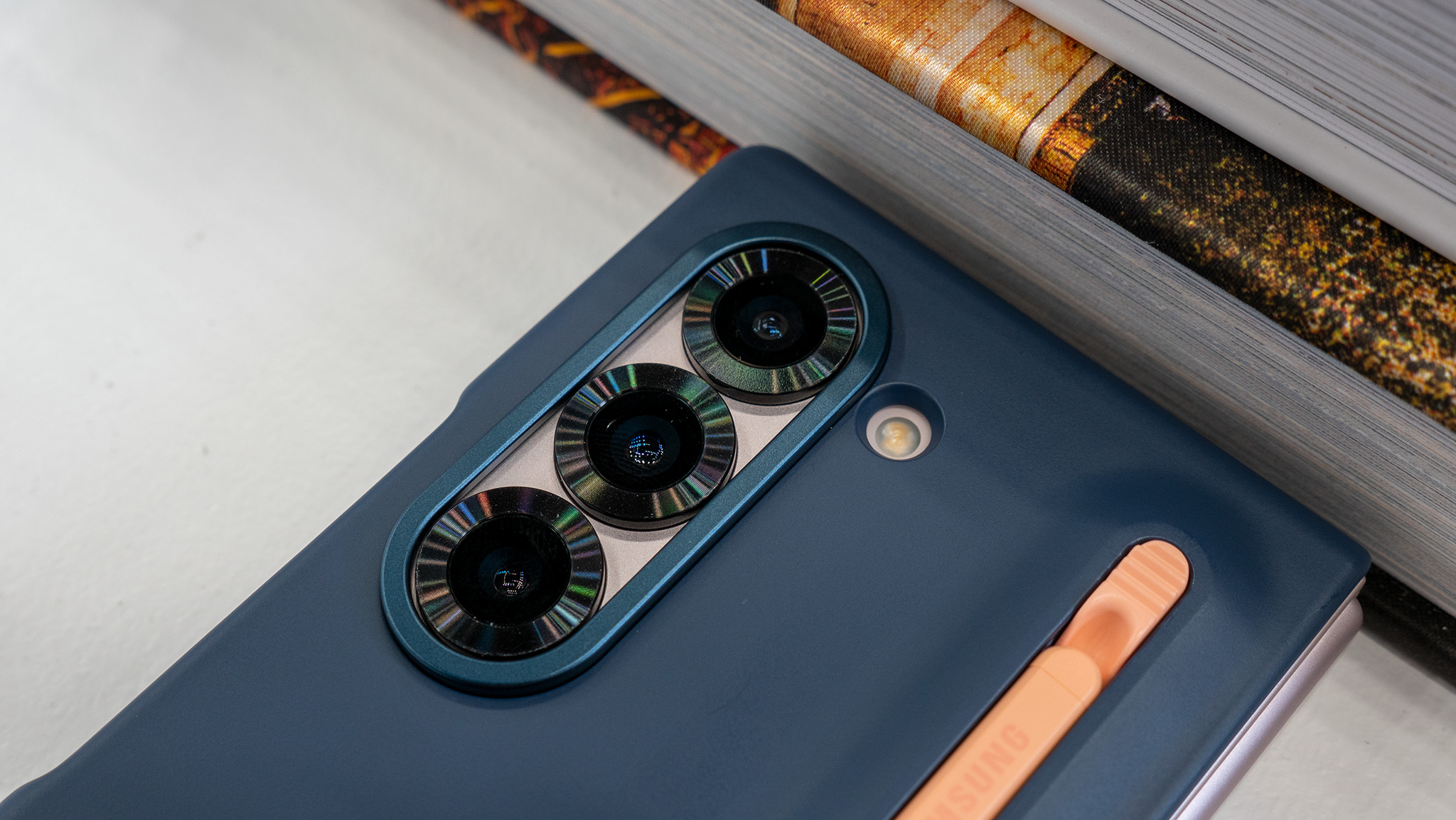
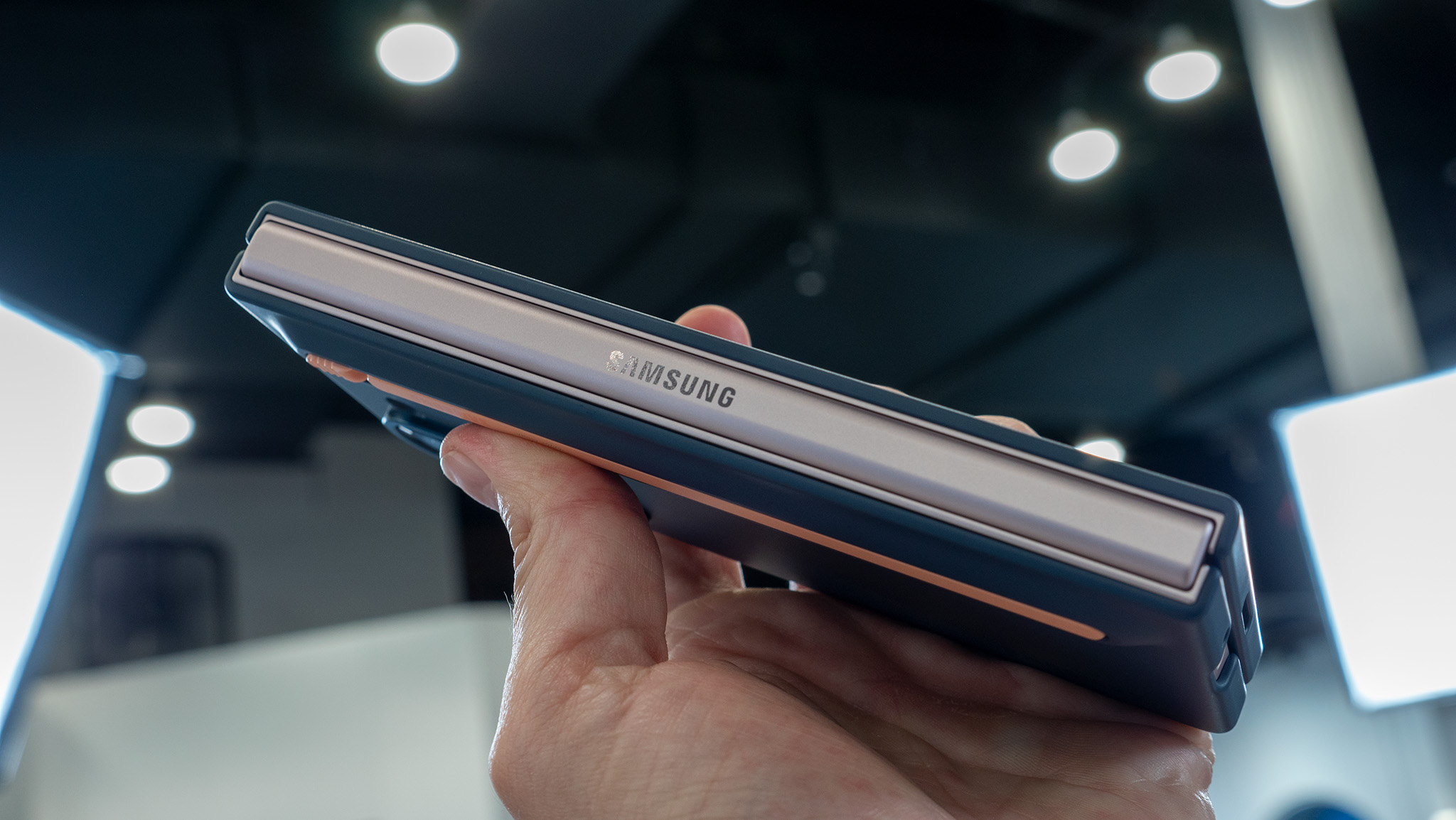
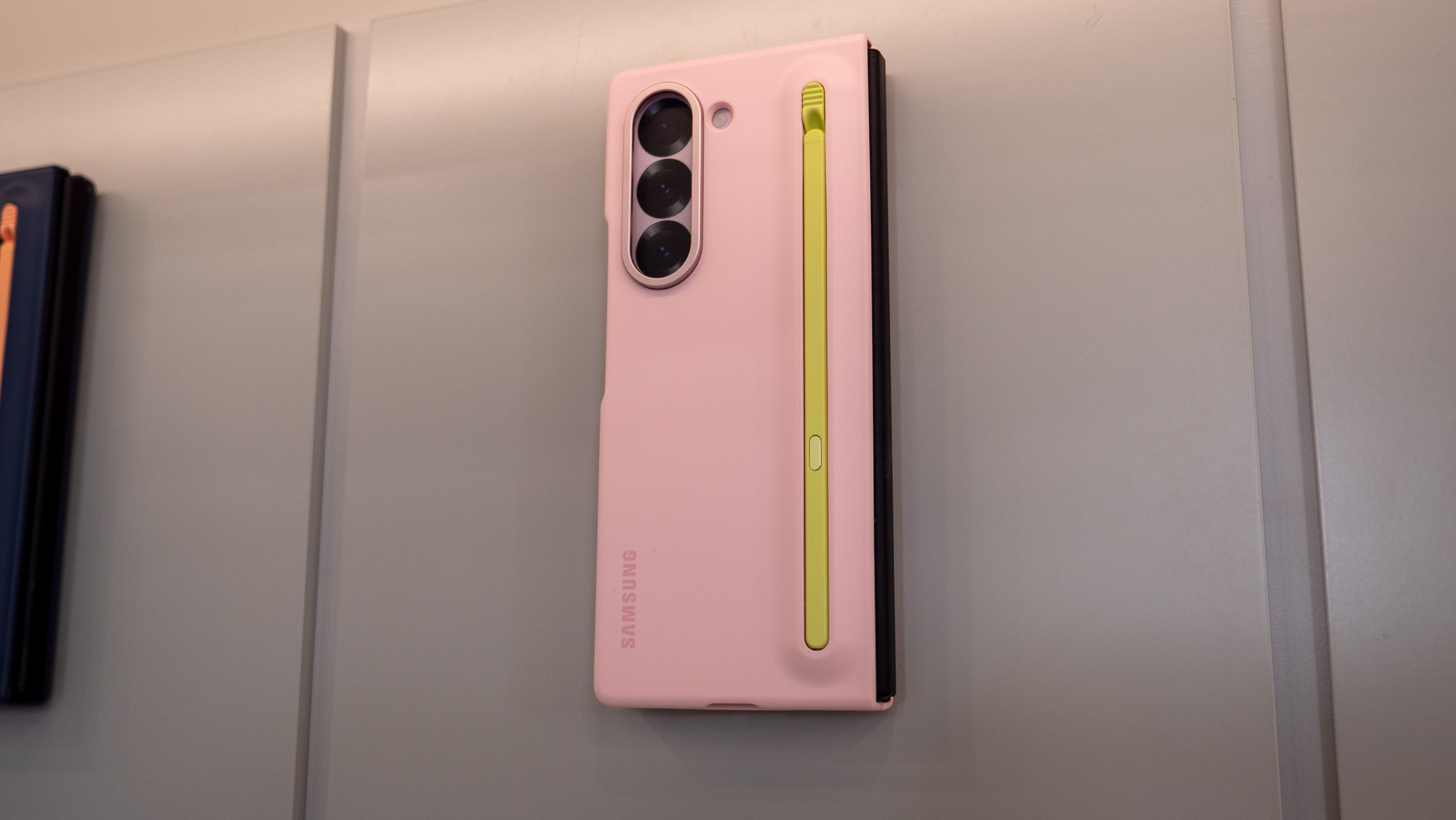
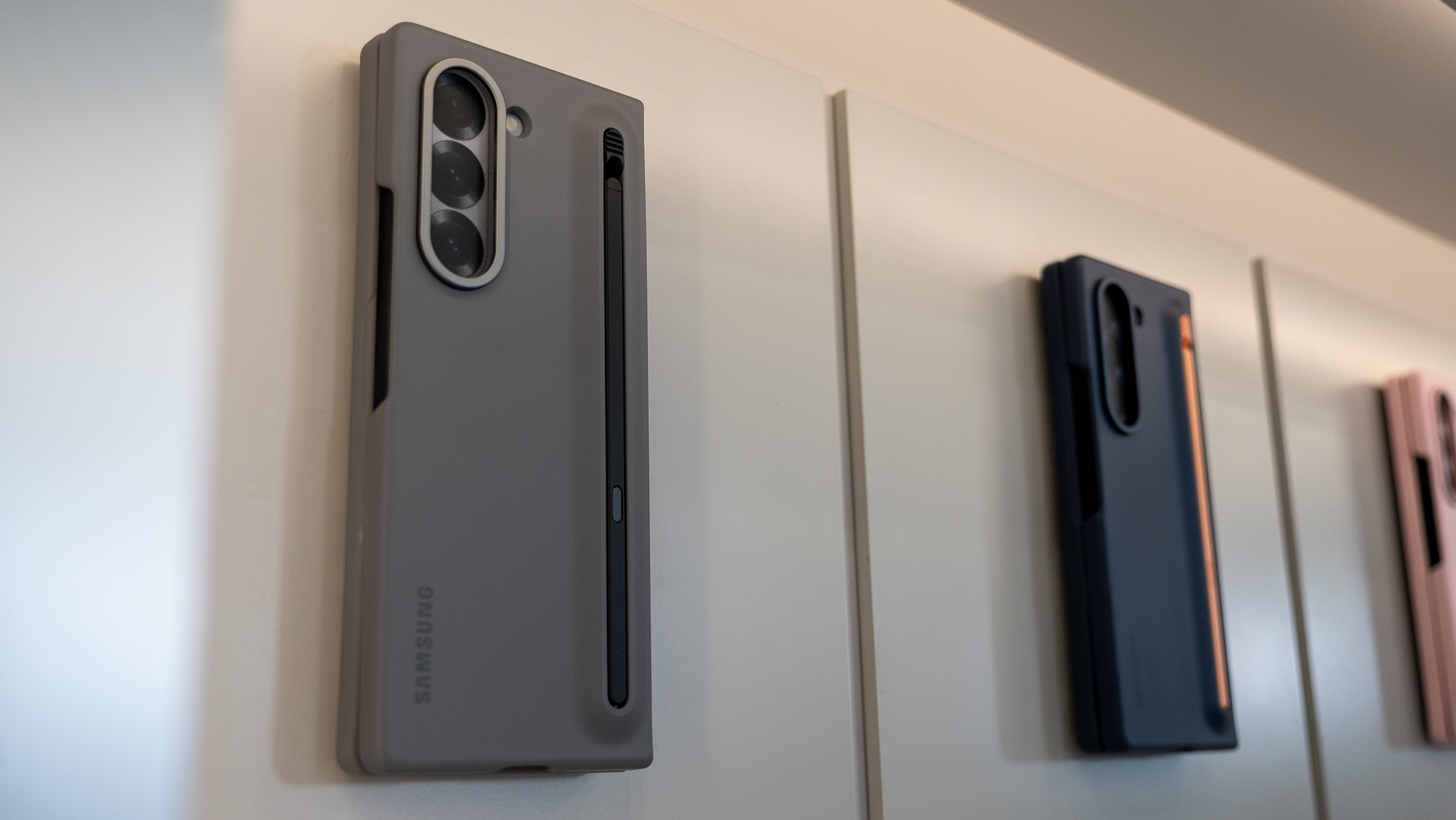
But while Samsung could still make the next Z Fold a little thinner and add better camera hardware, there's one thing they still do much, much better than everyone else: the S Pen. That excellent S Pen case from last year is back and with a few minor design tweaks to make it better than ever.
Since the phone is 1mm thinner, adding a case like this feels less bulky, too. There's one color case to match each of the phone's colors and some S Pen models even have a shiny button on them for a nice effect.
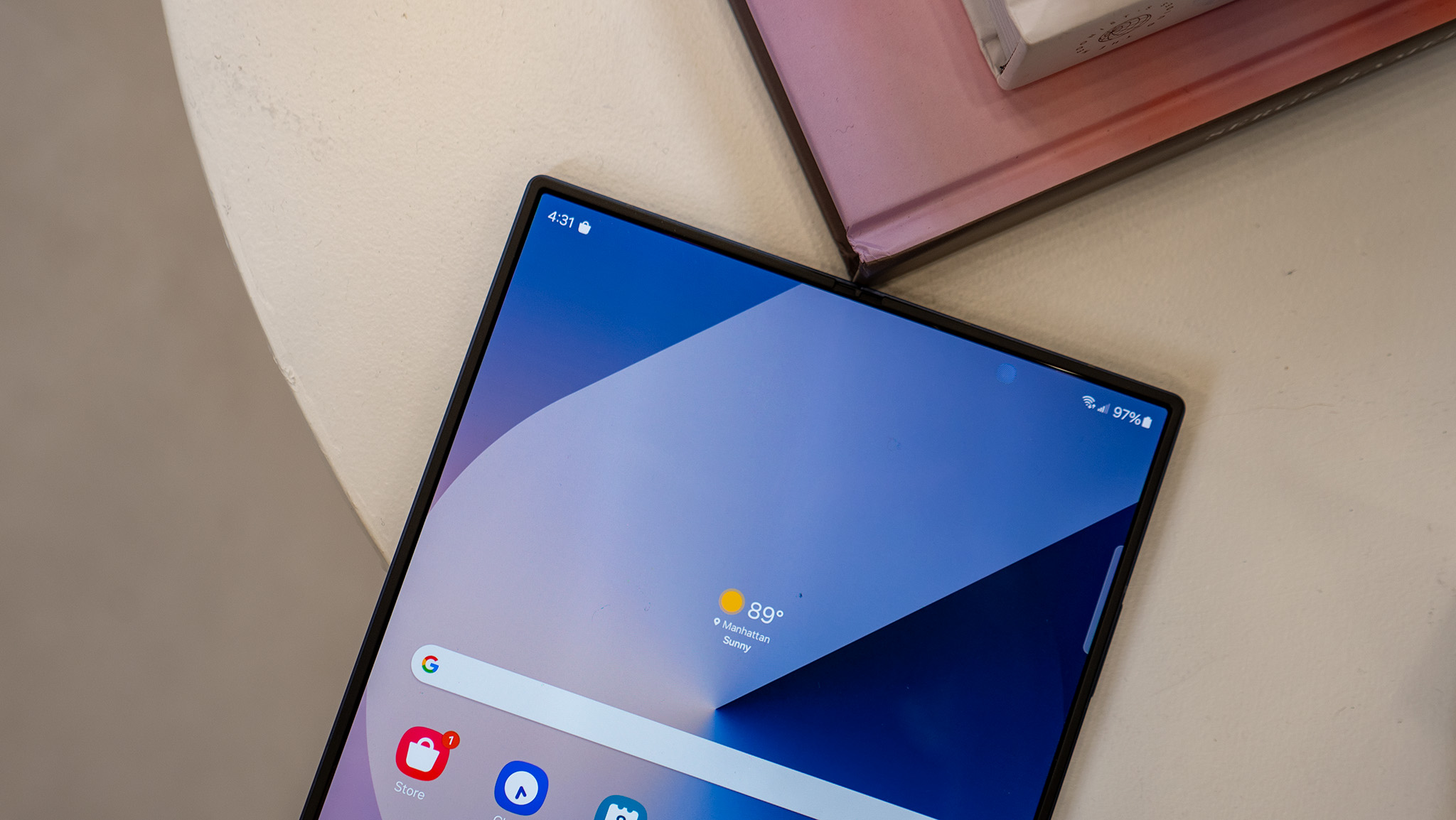
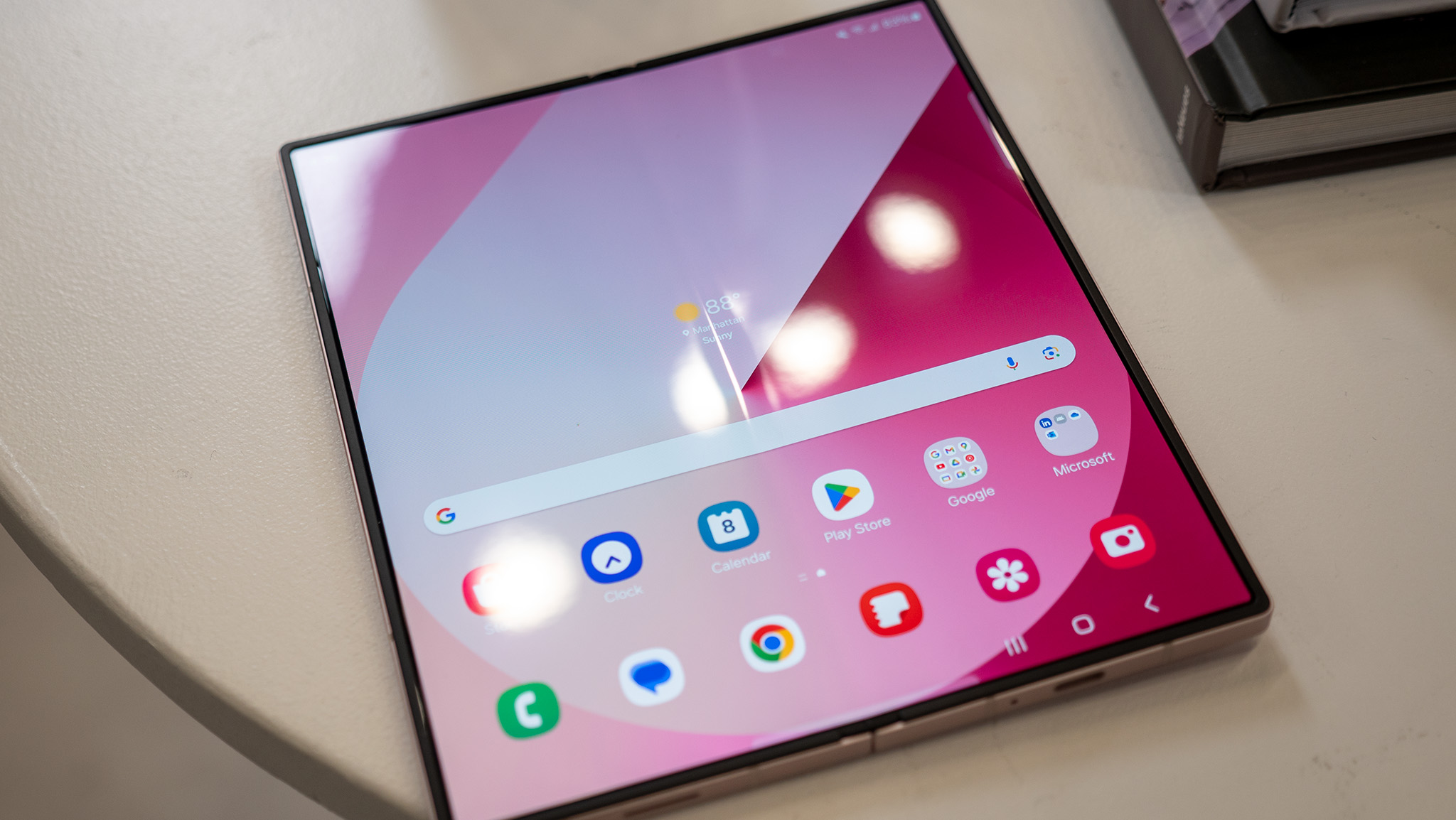
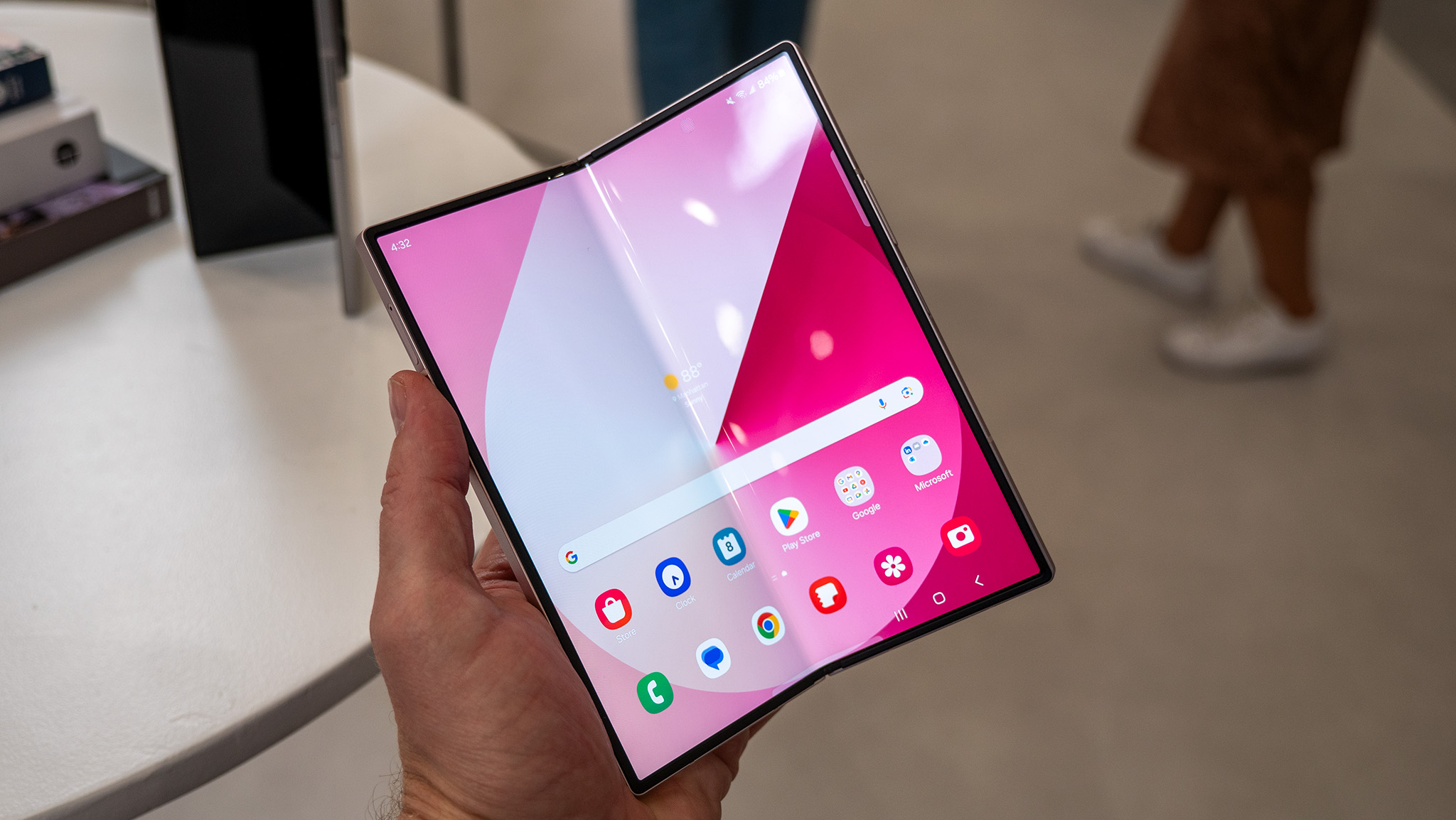
The S Pen is still amazing but isn't any different from last year. Unless you count the shiny button, of course.
The displays have seen more improvements this year, continuing the trend of making ultra-bright displays by increasing the maximum brightness to 2600 nits on both displays. That outer display is also fully LTPO this time around, too, meaning it can dynamically scale from 1-120Hz. Last year, it could only drop down to 48Hz.
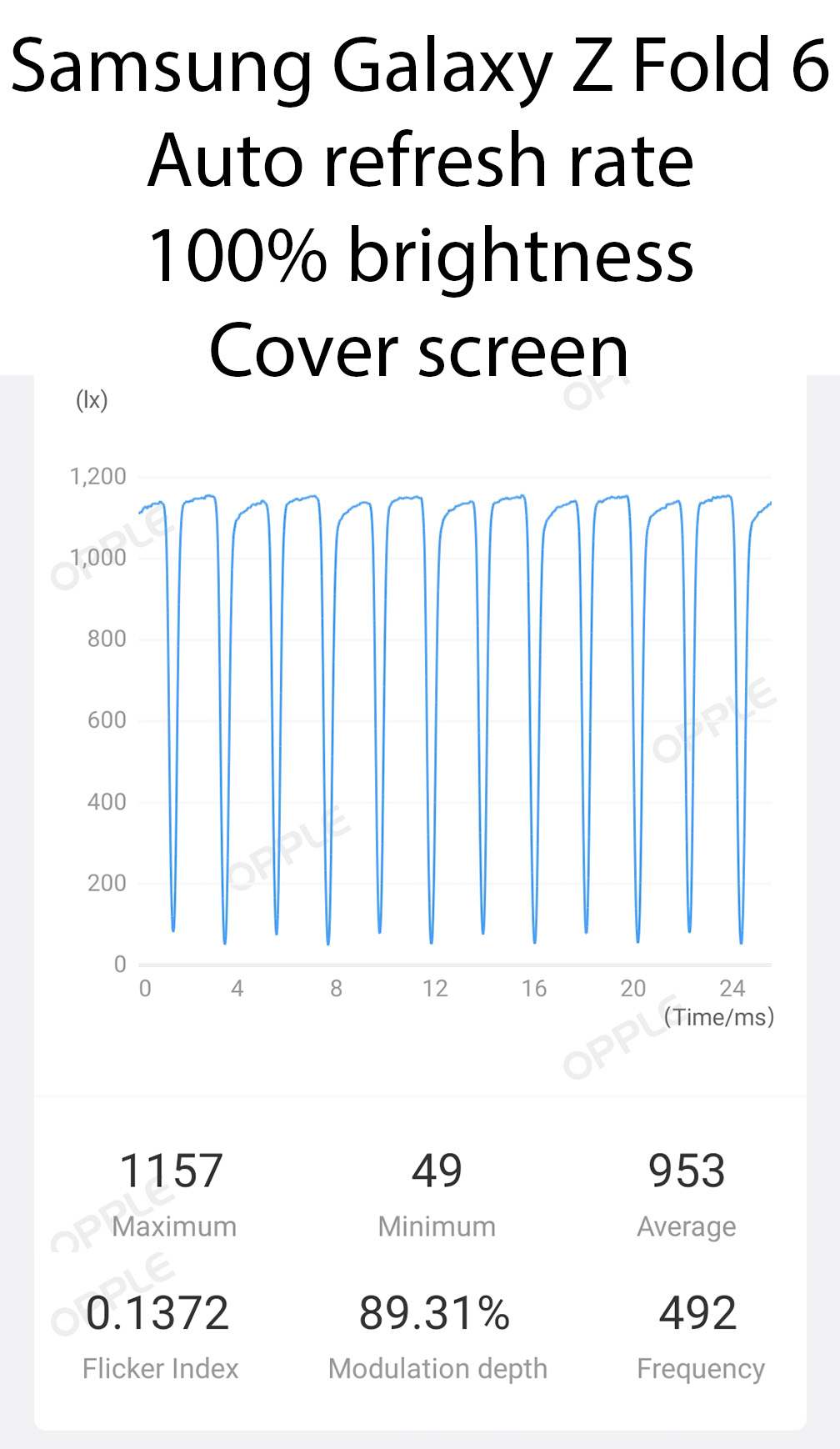
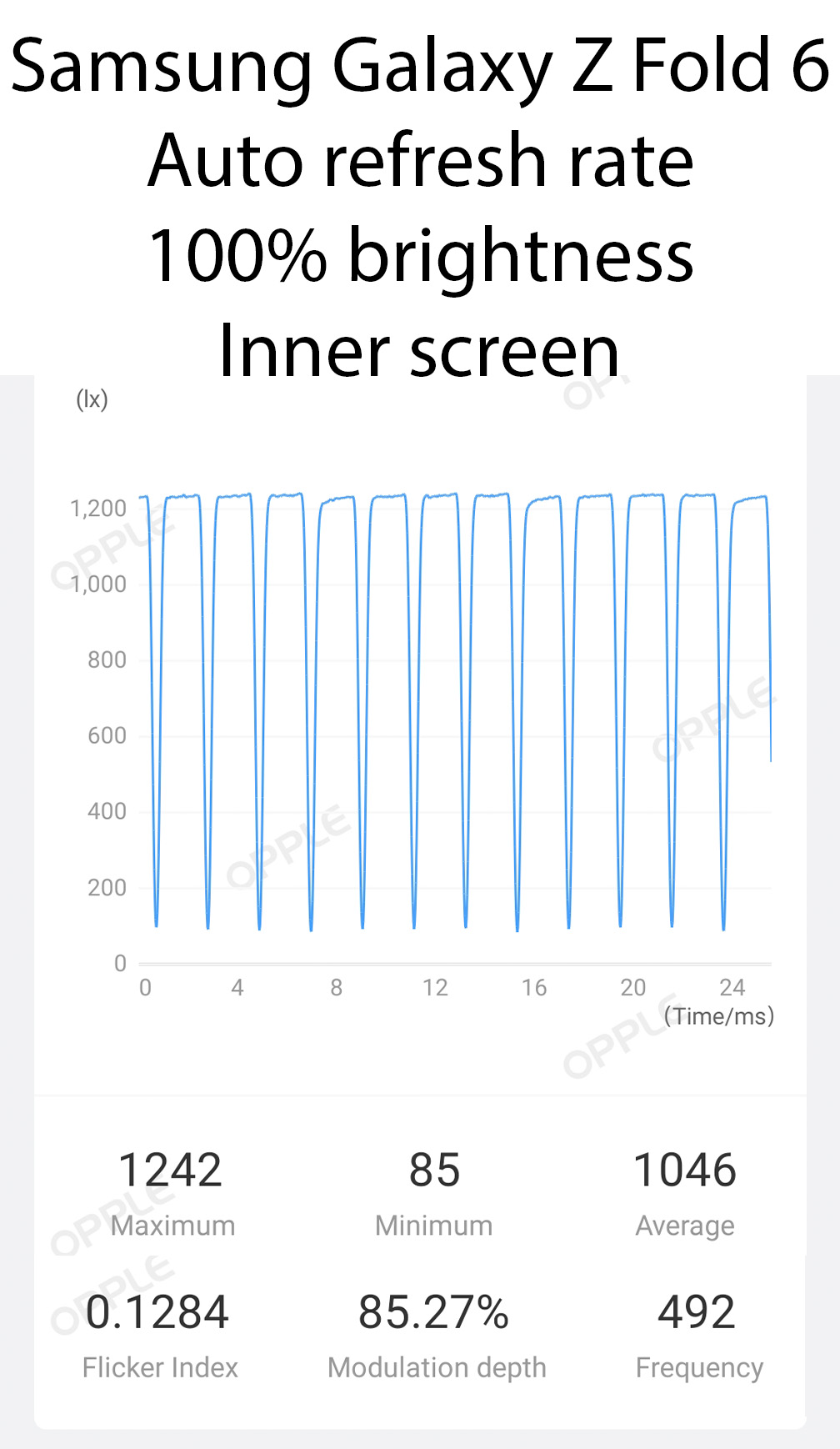
And while last year's Galaxy Z Fold 5 display made me want to curl up in a ball and die from all its slow flickering, this year's looks a bit better. Samsung doubled the PWM rate on the Galaxy Z Fold 6's displays to 480Hz, matching that of the Galaxy S24 series. It's not enough of a change to help truly flicker-sensitive people but it might be enough to help prevent more people from becoming flicker-sensitive.
The crease on the inside folding screen also been moderately improved but not to the degree as we see on the Galaxy Z Flip 6. In other words, while it's flatter than ever, you'll still notice it if you hold the phone at an angle. That makes it better for watching videos and drawing on, which is great since Samsung added a bunch of nifty new AI drawing tools to the Z Fold 6.
AI
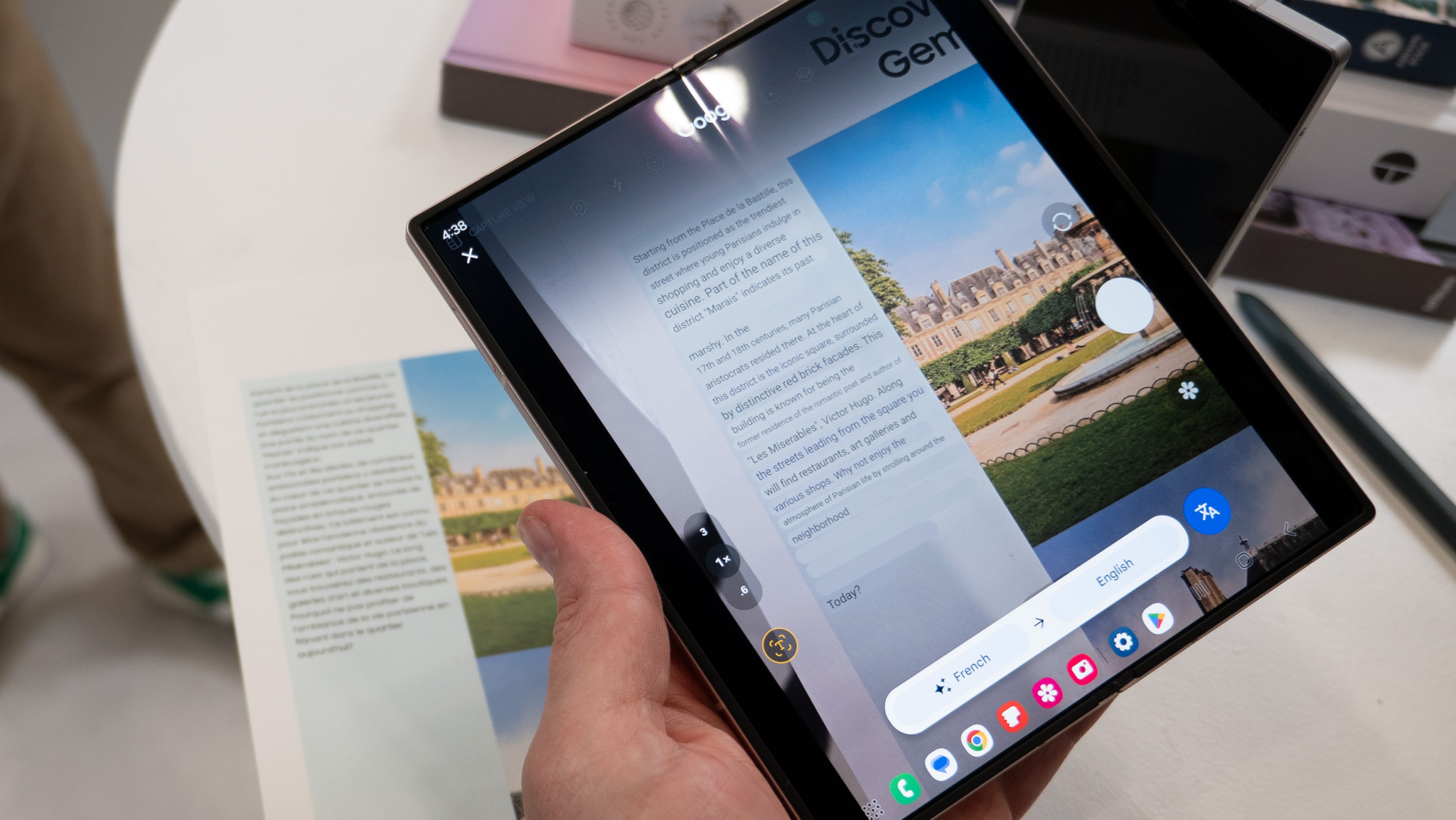
Now comes everyone's favorite part: AI. The kicker is that the new AI tools here might actually be my favorite part of the whole experience, and that's because they lean in to what makes the Z Fold 6 special. People have loved to doodle on their Z Folds since the Z Fold 3 introduced S Pen support, but some people were held back by a lack of skills in the art department.
Thankfully, AI can make up for all your shortcomings by turning your elementary school-level doodles into true works of art.
Let's take my rudimentary sketch of Trogdor the Burninator below, for example. Do you think he'd be burninating the countryside looking like that garbage on the left? Fuhgeddaboudit. One tap of the generate button used Galaxy AI to turn that mess into a beautiful drawing worthy of being called art.
Now all of the peasants can draw at an art school level.
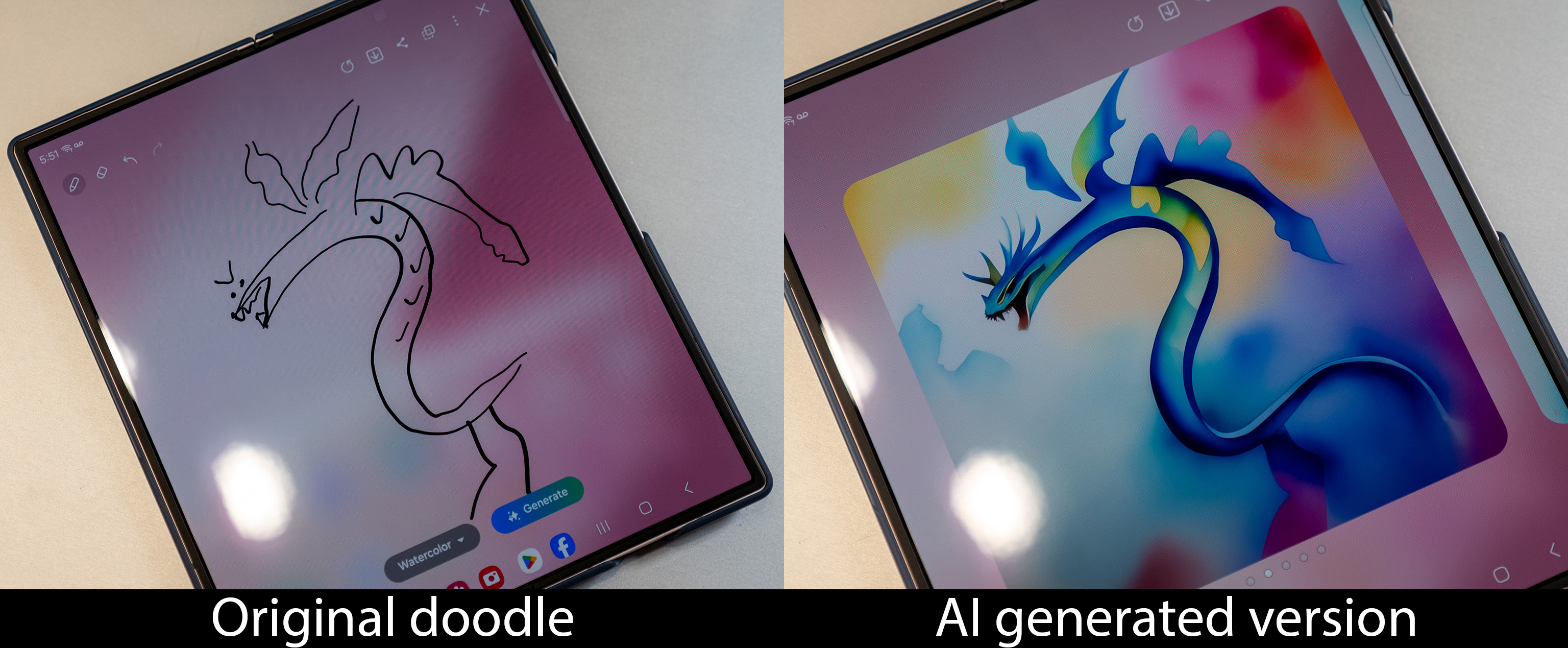
The new AI doodle feature turns your rudimentary sketches and photo markups into something truly amazing.
But this feature isn't just good for random doodles that you might be doing on the clock. It's also great for marking up pictures like you never have before. Did you take a vacation picture of the sea but realized there's nothing interesting in the water? Doodle an extremely rudimentary boat and tap generate, then watch as pure magic unfolds.
It can even liven up pictures of your pets, as you'll see in the second example!

The Z Fold 6 also has Circle to Search, Google Gemini, and a few new AI camera features that are a lot of fun. You can take any photo and run it through the new Portrait Studio feature to give it a fun new look. That includes watercolor, 3D models, and even cartoon-like styles. Certainly a lot better than downloading one of those sketchy apps that send your data to who-knows-where.
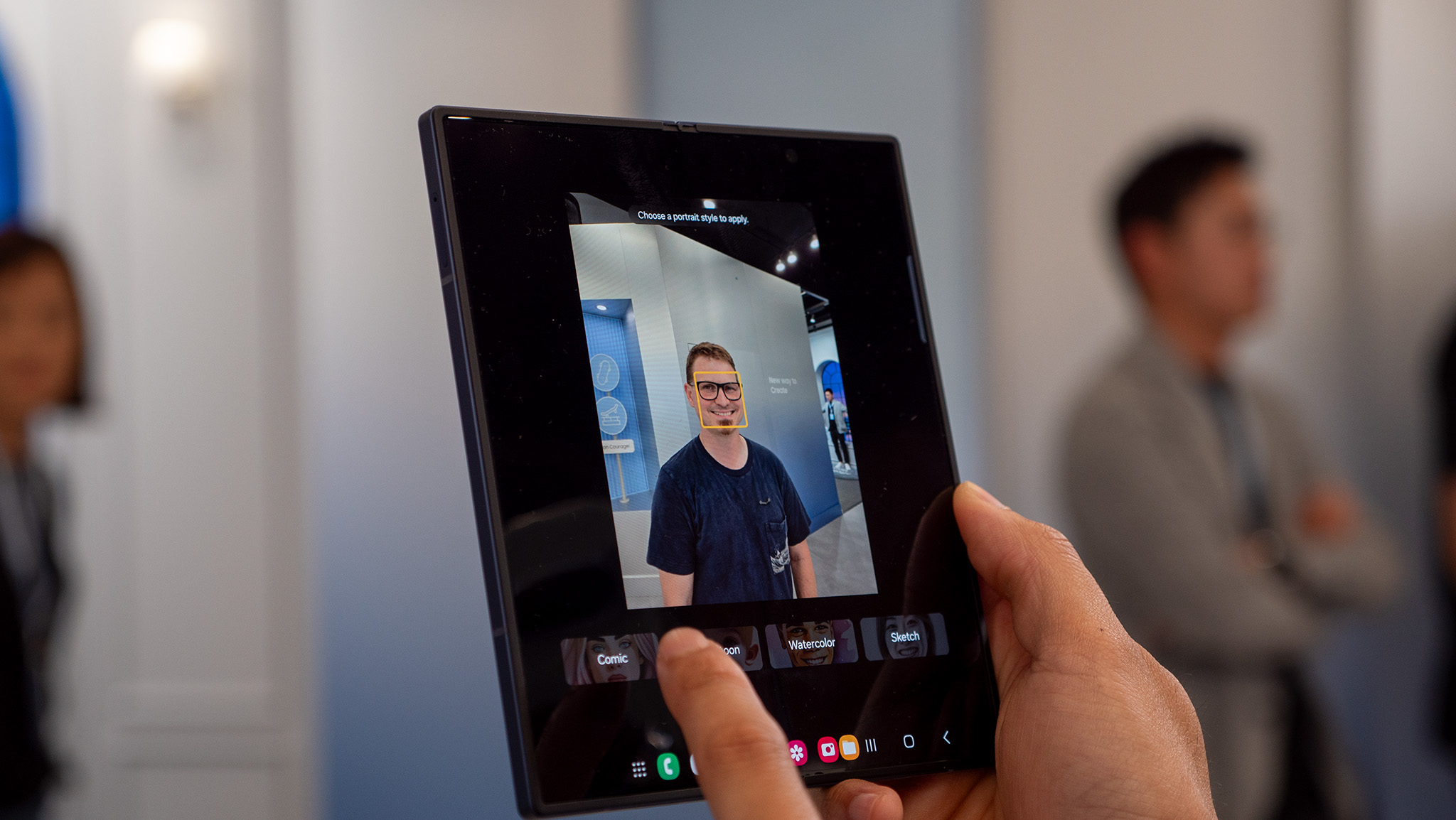
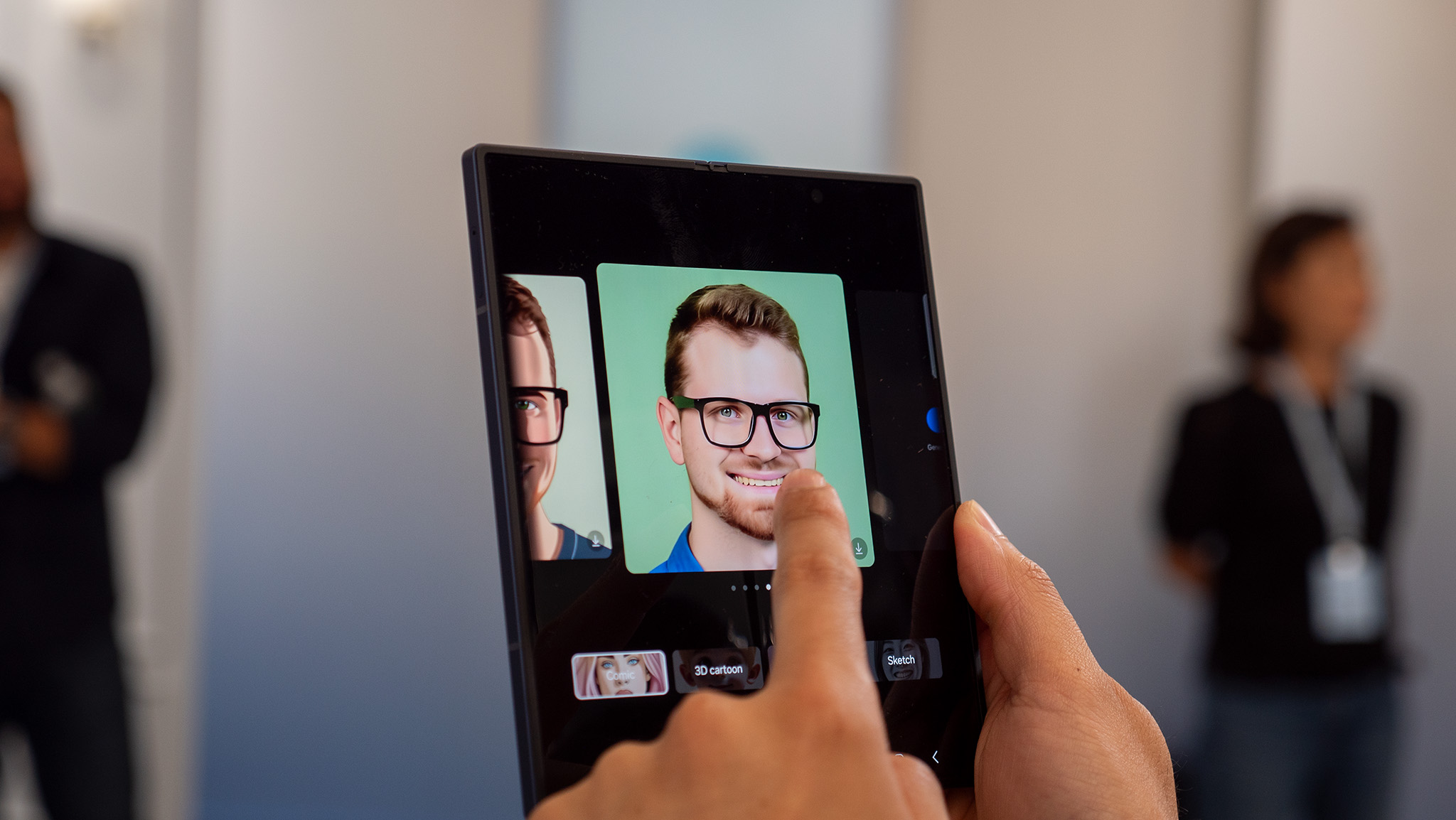

Lastly, Samsung added in the same Galaxy AI productivity features that launched on the Galaxy S24 Ultra like document summary, translation, and more. These are all rolled into what Samsung calls Note Assist and, quite frankly, makes a lot more sense on a device like this with a screen large enough to actually edit documents on.
The problem, of course, is that many of these features have already come to the Galaxy Z Fold 5. The big difference is that the Snapdragon 8 Gen 3 inside the Z Fold 6 can do some of them on-device, while most AI functions on the Z Fold 5 are done in the cloud.
Whether or not any of these things makes a difference to you probably still doesn't justify the $1899 price tag, though.







